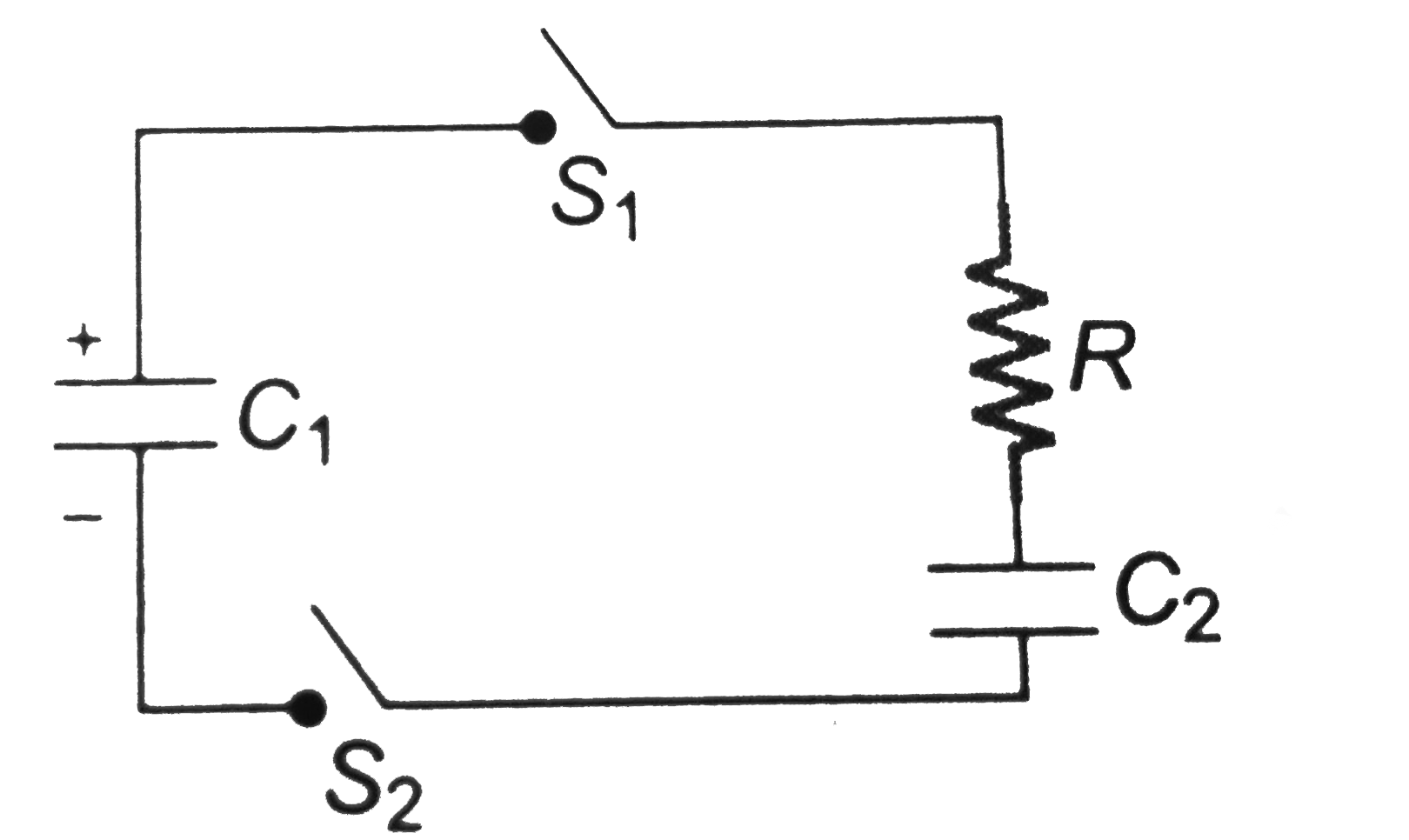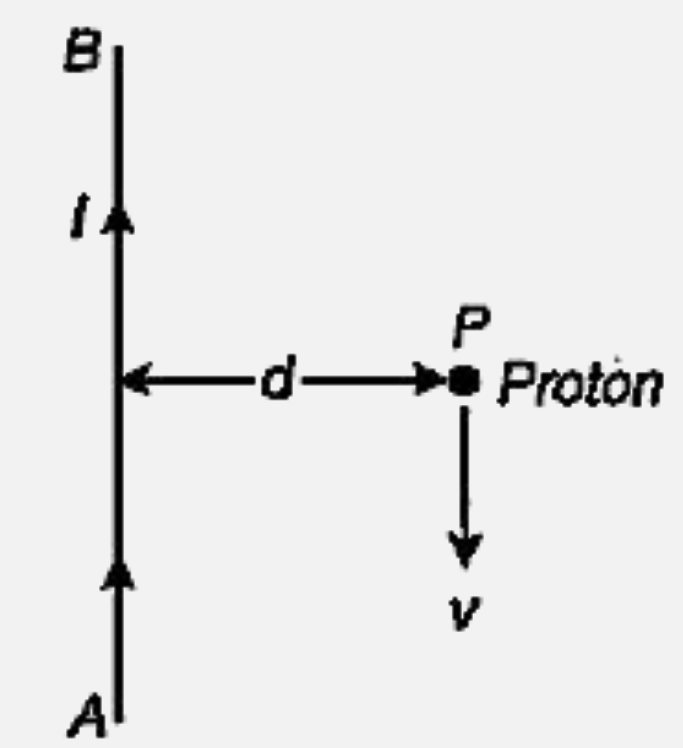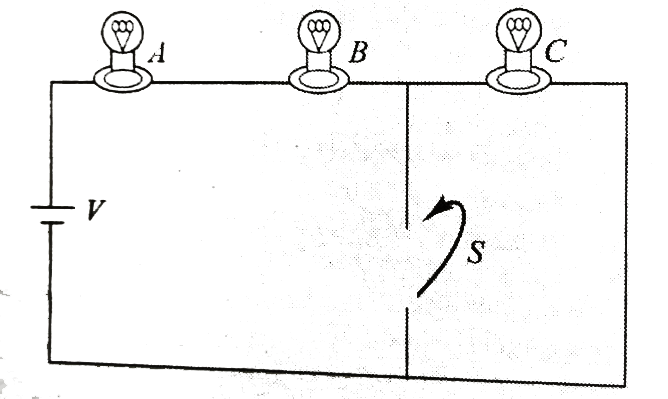A small resistor (say, a lamp) is usually put in parallel to be current carrying coil of an electromagnet. What purpose does it serve?
Step by step video & image solution for A small resistor (say, a lamp) is usually put in parallel to be current carrying coil of an electromagnet. What purpose does it serve? by Physics experts to help you in doubts & scoring excellent marks in Class 12 exams.
Updated on:21/07/2023Topper's Solved these Questions
- ELECTROMAGNETIC INDUCTIONBook:AAKASH SERIESChapter:ELECTROMAGNETIC INDUCTIONExercise:Exercise (Very Short Answer Questions)
Explore 33 Videos
- ELECTROMAGNETIC INDUCTIONBook:AAKASH SERIESChapter:ELECTROMAGNETIC INDUCTIONExercise:Problems (Level-I)
Explore 28 Videos
- ELECTROMAGNETIC INDUCTIONBook:AAKASH SERIESChapter:ELECTROMAGNETIC INDUCTIONExercise:Exercise (Long Answer Questions)
Explore 1 Video
- ELECTRIC FIELD AND POTENTIALBook:AAKASH SERIESChapter:ELECTRIC FIELD AND POTENTIALExercise:PROBLEMS (LEVEL-II)
Explore 26 Videos
- ELECTROMAGNETIC WAVESBook:AAKASH SERIESChapter:ELECTROMAGNETIC WAVESExercise:EXERCISE -II
Explore 22 Videos
Similar Questions
A 6 V, 12 W lamp is connected in series with a resistor R and a source of voltage 12 V.
What is the purpose of the resistor R?
View SolutionAnswer the following:
(a)Define SI unit of current in terms of the force between two parallel current carrying conductors.
(b) Two long straight parallel conductors carrying steady currents IaandIb along the same direction are separated by a distance d. How does one explain the force of attraction between them? If a third conductor carrying a current Ic in the opposite direction is placed just in the middle of these conductors , find the resultant force acting on the third conductor.
View SolutionFirst a set of n equal resistors of R each are connected in series to a battery of emf E and internal resistance R. A current I is observed to flow. Then, the n resistors are connected in parallel to the same battery. It is observed that the current is increased 10 times. What is 'n'?
View SolutionA conductor AB of length 10 cm at a distance of 10 cm from an infinitely long parallel conductor carrying a current 10A. What work must be done to move AB to a distance of 20cm if it carries 5A?
View Solution(a) Derive an expression for the force between two long parallel current carrying conductors .
(b) Use this expression to define S.I. unit of current .
(c) A long straight wire AB carries a current I.A proton P travels with a speed v , parallel to the wire , at a distance d from it in a direction opposite to the current as shown in the figure . What is the force experienced by the proton and what is its direction ?
View SolutionAn electric lamp of 100Ω, a toaster of resistance 50Ω and a water filter of resistance 500Ω are connected in parallel to a 220V source. What is the resistance of an electric iron connected to the same source that takes as much current as all three appliances and what is the current through it ?
View SolutionThe capactor C1 in the figure initially carries a charge q0. When the i switch S1 and S2 are closed, capacitor C1 is connected to a resistor R and a second capacitor C2, which initially does not carry any charge.
(a) Find the charges deposited on the capacitors in steady state and the current through R as a function of time.
(b) What is heat lost in the resistor after a long time of closing the switch?

View SolutionA long straight wire AB carries a current I. A proton P travels with a speed v, parallel to the wire at a distance d from it in a direction opposite to the current as shown in the figure. What is the force experienced by the proton and what is its direction?

View SolutionA wire of fixed length is wound on a solenoid of length 'l' and radius 'r' . Its self inductiane is found to be Now if same wire is wound on a solenoid of length ad radius r2 then the self inductance will be
View SolutionA series circuit consists of three identical lamps connected to a battery as shown in Fig. 7.13.
when the switch S is closed, what happens
(a) to the intensities of lamps AandB,
(b) to the intensity of lamp C,
( c ) to the current in the circuit , and
(d) to the voltage drop across the three lamps ?
Does the power dissipated in the circuit increase, decrease, or remain the same ?

View Solution
